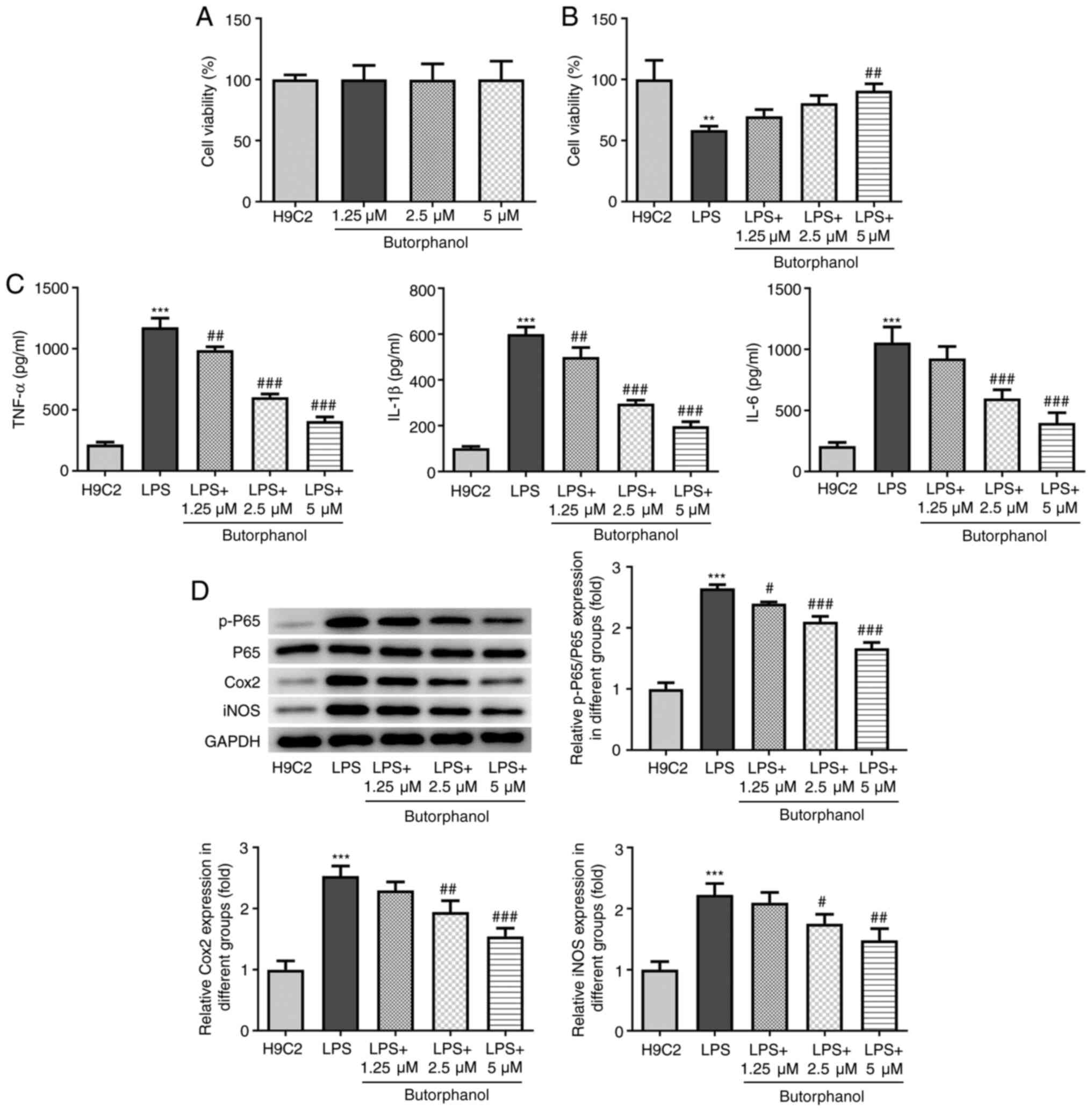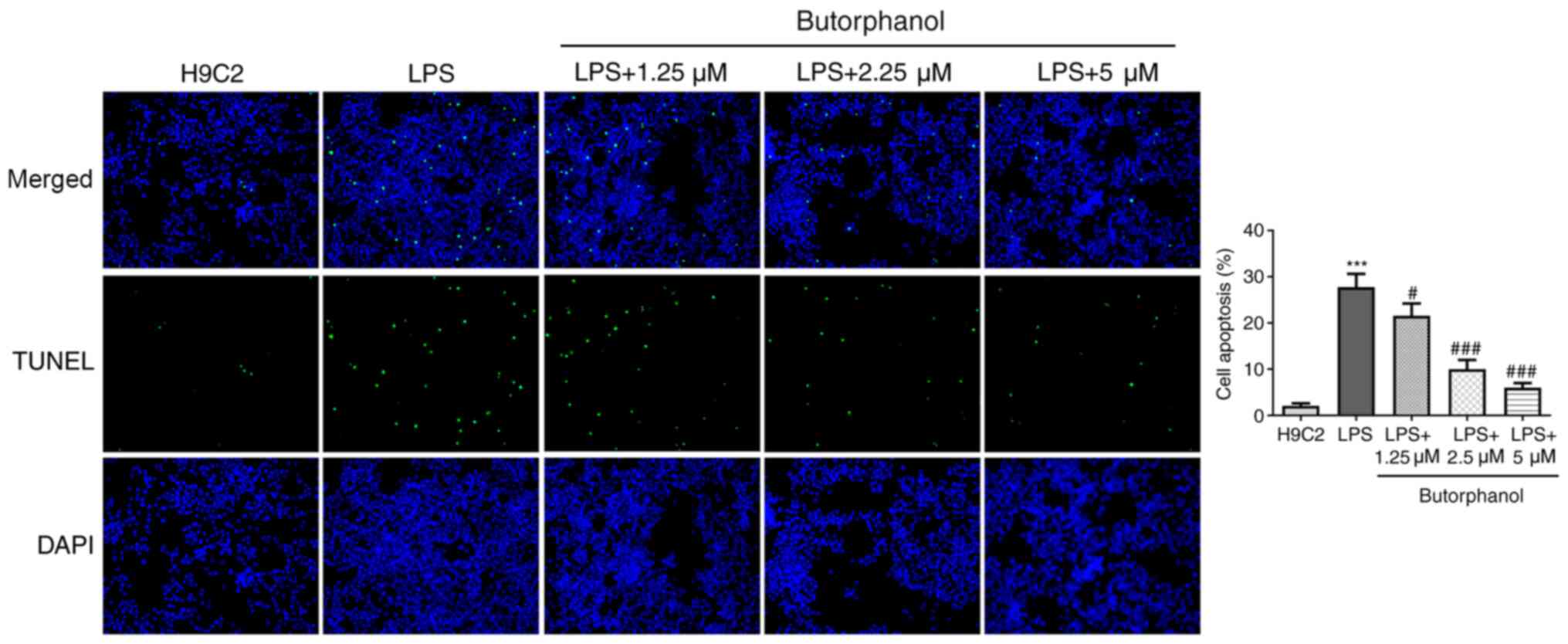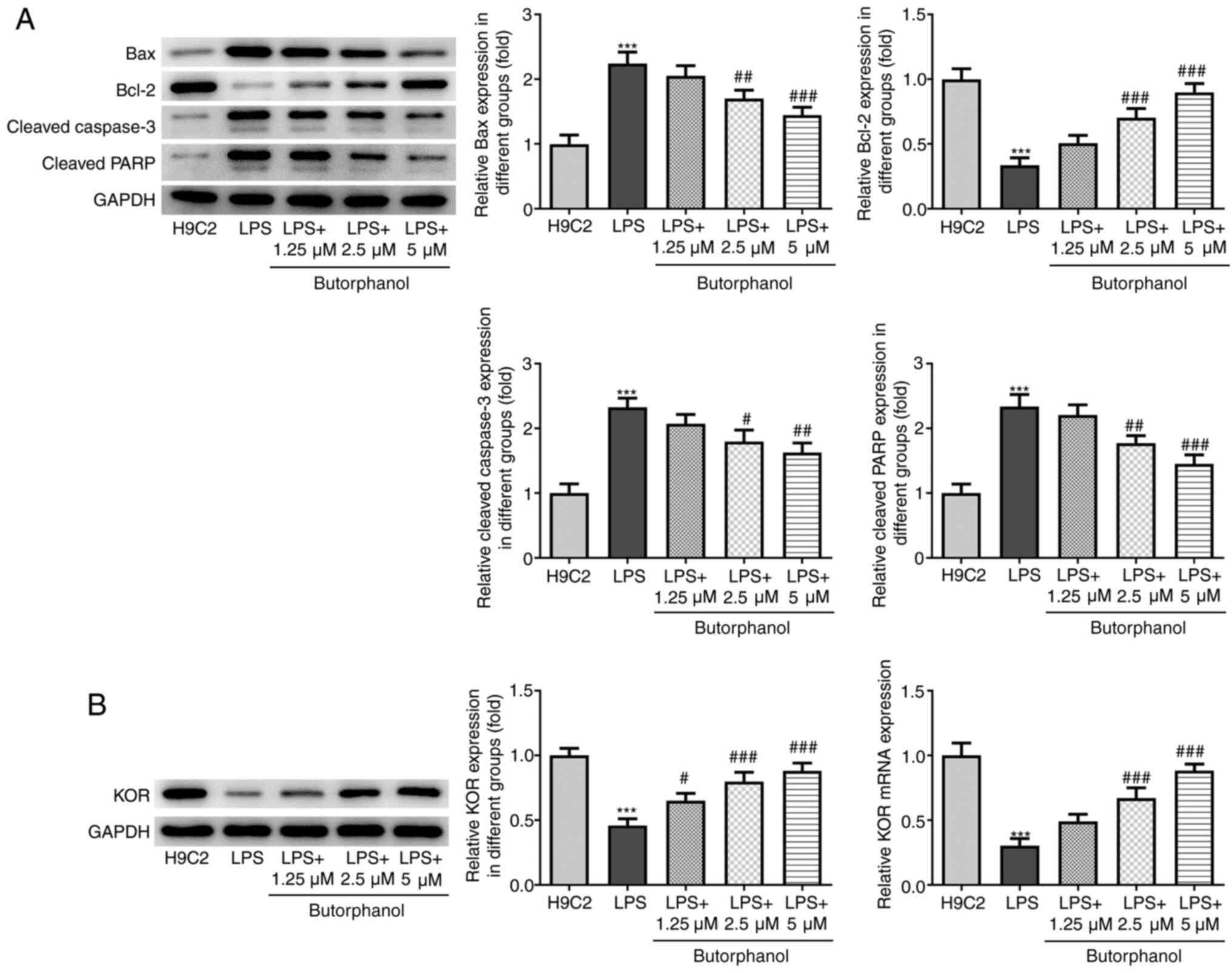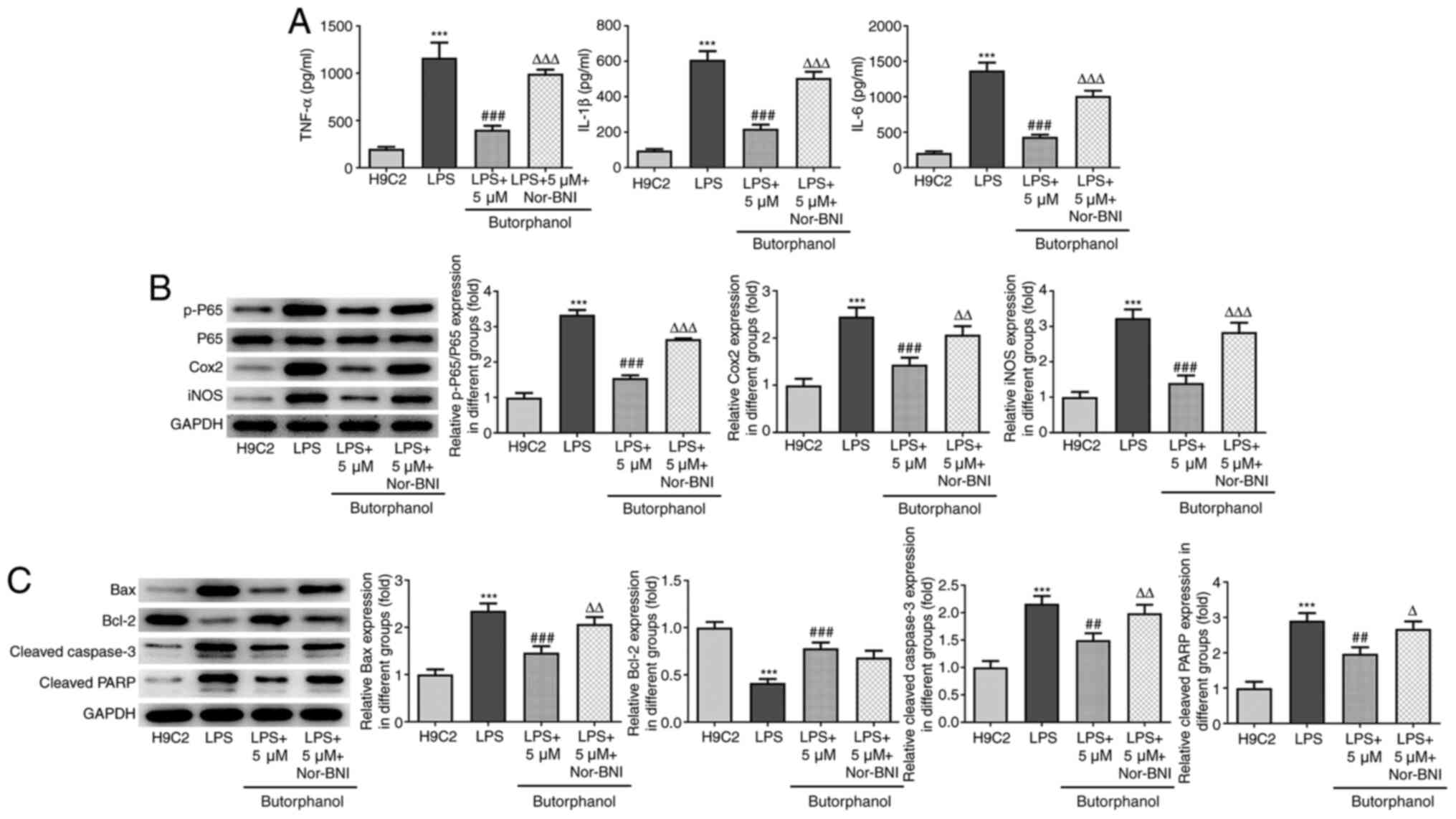|
1
|
Kaukonen KM, Bailey M, Pilcher D, Cooper
DJ and Bellomo R: Systemic inflammatory response syndrome criteria
in defining severe sepsis. N Engl J Med. 372:1629–1638.
2015.PubMed/NCBI View Article : Google Scholar
|
|
2
|
Delano MJ and Ward PA: Sepsis-induced
immune dysfunction: Can immune therapies reduce mortality? J Clin
Invest. 126:23–31. 2016.PubMed/NCBI View
Article : Google Scholar
|
|
3
|
Gaieski DF, Edwards JM, Kallan MJ and Carr
BG: Benchmarking the incidence and mortality of severe sepsis in
the United States. Crit Care Med. 41:1167–1174. 2013.PubMed/NCBI View Article : Google Scholar
|
|
4
|
Dombrovskiy VY, Martin AA, Sunderram J and
Paz HL: Rapid increase in hospitalization and mortality rates for
severe sepsis in the United States: A trend analysis from 1993 to
2003. Crit Care Med. 35:1244–1250. 2007.PubMed/NCBI View Article : Google Scholar
|
|
5
|
Keeley A, Hine P and Nsutebu E: The
recognition and management of sepsis and septic shock: A guide for
non-intensivists. Postgrad Med J. 93:626–634. 2017.PubMed/NCBI View Article : Google Scholar
|
|
6
|
Lv X and Wang H: Pathophysiology of
sepsis-induced myocardial dysfunction. Mil Med Res.
3(30)2016.PubMed/NCBI View Article : Google Scholar
|
|
7
|
Yao Y, Sun F and Lei M: miR-25 inhibits
sepsis-induced cardiomyocyte apoptosis by targetting PTEN. Biosci
Rep. 38(38)2018.PubMed/NCBI View Article : Google Scholar
|
|
8
|
Hua J, Miao S, Shi M, Tu Q, Wang X, Liu S,
Wang G and Gan J: Effect of butorphanol on etomidate-induced
myoclonus: A systematic review and meta-analysis. Drug Des Devel
Ther. 13:1213–1220. 2019.PubMed/NCBI View Article : Google Scholar
|
|
9
|
Dawn AG and Yosipovitch G: Butorphanol for
treatment of intractable pruritus. J Am Acad Dermatol. 54:527–531.
2006.PubMed/NCBI View Article : Google Scholar
|
|
10
|
Bailey AG, Valley RD, Freid EB and Calhoun
P: Epidural morphine combined with epidural or intravenous
butorphanol for postoperative analgesia in pediatric patients.
Anesth Analg. 79:340–344. 1994.PubMed/NCBI View Article : Google Scholar
|
|
11
|
Gunter JB, McAuliffe J, Gregg T, Weidner
N, Varughese AM and Sweeney DM: Continuous epidural butorphanol
relieves pruritus associated with epidural morphine infusions in
children. Paediatr Anaesth. 10:167–172. 2000.PubMed/NCBI View Article : Google Scholar
|
|
12
|
Heel RC, Brogden RN, Speight TM and Avery
GS: Butorphanol: A review of its pharmacological properties and
therapeutic efficacy. Drugs. 16:473–505. 1978.PubMed/NCBI View Article : Google Scholar
|
|
13
|
Hoskin PJ and Hanks GW: Opioid
agonist-antagonist drugs in acute and chronic pain states. Drugs.
41:326–344. 1991.PubMed/NCBI View Article : Google Scholar
|
|
14
|
Zhang J, Miao S, Tu Q, Shi M, Zou L, Liu S
and Wang G: Effect of butorphanol on opioid-induced cough: A
meta-analysis of randomized controlled trials. Drug Des Devel Ther.
12:3263–3268. 2018.PubMed/NCBI View Article : Google Scholar
|
|
15
|
Garrity K, Jang A and Wagner S:
Butorphanol use in laboring patients with preeclampsia or chronic
hypertension. Pregnancy Hypertens. 6:288–290. 2016.PubMed/NCBI View Article : Google Scholar
|
|
16
|
Wang H, Wang JL, Ren HW, He WF and Sun M:
Butorphanol protects on myocardial ischemia/reperfusion injury in
rats through MAPK signaling pathway. Eur Rev Med Pharmacol Sci.
23:10541–10548. 2019.PubMed/NCBI View Article : Google Scholar
|
|
17
|
Huang LH, Li J, Gu JP, Qu MX, Yu J and
Wang ZY: Butorphanol attenuates myocardial ischemia reperfusion
injury through inhibiting mitochondria-mediated apoptosis in mice.
Eur Rev Med Pharmacol Sci. 22:1819–1824. 2018.PubMed/NCBI View Article : Google Scholar
|
|
18
|
Meng J, Jiang SJ, Jiang D and Zhao Y:
Butorphanol attenuates inflammation via targeting NF-κB in septic
rats with brain injury. Eur Rev Med Pharmacol Sci. 23 (Suppl
3):161–170. 2019.PubMed/NCBI View Article : Google Scholar
|
|
19
|
Baradaran Rahim V, Khammar MT, Rakhshandeh
H, Samzadeh-Kermani A, Hosseini A and Askari VR: Crocin protects
cardiomyocytes against LPS-Induced inflammation. Pharmacol Rep.
71:1228–1234. 2019.PubMed/NCBI View Article : Google Scholar
|
|
20
|
Cui Y, Feng N, Gu X, Fu F, Li J, Guo H,
Liu Y, Zhang S, Li J, Wang Y, et al: κ-Opioid receptor stimulation
reduces palmitate-induced apoptosis via Akt/eNOS signaling pathway.
Lipids Health Dis. 18(52)2019.PubMed/NCBI View Article : Google Scholar
|
|
21
|
Kenneth JL and Thomas DS: Analysis of
relative gene expression data using real-time quantitative PCR and
the 2-ΔΔCT method. Methods. 25:402–408. 2002.PubMed/NCBI View Article : Google Scholar
|
|
22
|
Liang W, Li J, Bai C, Chen Y, Li Y, Huang
G and Wang X: Interleukin-5 deletion promotes sepsis-induced M1
macrophage differentiation, deteriorates cardiac dysfunction, and
exacerbates cardiac injury via the NF-κB p65 pathway in mice.
Biofactors. 46:1006–1017. 2020.PubMed/NCBI View Article : Google Scholar
|
|
23
|
Yang C, Xia W, Liu X, Lin J and Wu A: Role
of TXNIP/NLRP3 in sepsis-induced myocardial dysfunction. Int J Mol
Med. 44:417–426. 2019.PubMed/NCBI View Article : Google Scholar
|
|
24
|
Ji J, Lin W, Vrudhula A, Xi J, Yeliseev A,
Grothusen JR, Bu W and Liu R: Molecular interaction between
butorphanol and κ-opioid receptor. Anesth Analg. 131:935–942.
2020.PubMed/NCBI View Article : Google Scholar
|
|
25
|
Pulido JN, Afessa B, Masaki M, Yuasa T,
Gillespie S, Herasevich V, Brown DR and Oh JK: Clinical spectrum,
frequency, and significance of myocardial dysfunction in severe
sepsis and septic shock. Mayo Clin Proc. 87:620–628.
2012.PubMed/NCBI View Article : Google Scholar
|
|
26
|
Hoffert MJ, Couch JR, Diamond S, Elkind
AH, Goldstein J, Kohlerman NJ III, Saper JR and Solomon S:
Transnasal butorphanol in the treatment of acute migraine.
Headache. 35:65–69. 1995.PubMed/NCBI View Article : Google Scholar
|
|
27
|
Afulukwe IF, Cohen RI, Zeballos GA, Iqbal
M and Scharf SM: Selective NOS inhibition restores myocardial
contractility in endotoxemic rats; however, myocardial NO content
does not correlate with myocardial dysfunction. Am J Respir Crit
Care Med. 162:21–26. 2000.PubMed/NCBI View Article : Google Scholar
|
|
28
|
Cohen RI, Wilson D and Liu SF: Nitric
oxide modifies the sarcoplasmic reticular calcium release channel
in endotoxemia by both guanosine-3',5' (cyclic) phosphate-dependent
and independent pathways. Crit Care Med. 34:173–181.
2006.PubMed/NCBI View Article : Google Scholar
|
|
29
|
Chagnon F, Bentourkia M, Lecomte R,
Lessard M and Lesur O: Endotoxin-induced heart dysfunction in rats:
Assessment of myocardial perfusion and permeability and the role of
fluid resuscitation. Crit Care Med. 34:127–133. 2006.PubMed/NCBI View Article : Google Scholar
|
|
30
|
Walley KR: Sepsis-induced myocardial
dysfunction. Curr Opin Crit Care. 24:292–299. 2018.PubMed/NCBI View Article : Google Scholar
|
|
31
|
Su Q, Li L, Sun Y, Yang H, Ye Z and Zhao
J: Effects of the TLR4/Myd88/NF-κB signaling pathway on NLRP3
inflammasome in coronary microembolization-induced myocardial
injury. Cell Physiol Biochem. 47:1497–1508. 2018.PubMed/NCBI View Article : Google Scholar
|
|
32
|
Commiskey S, Fan LW, Ho IK and Rockhold
RW: Butorphanol: Effects of a prototypical agonist-antagonist
analgesic on kappa-opioid receptors. J Pharmacol Sci. 98:109–116.
2005.PubMed/NCBI View Article : Google Scholar
|
|
33
|
Xie GX, Meng F, Mansour A, Thompson RC,
Hoversten MT, Goldstein A, Watson SJ and Akil H: Primary structure
and functional expression of a guinea pig kappa opioid (dynorphin)
receptor. Proc Natl Acad Sci USA. 91:3779–3783. 1994.PubMed/NCBI View Article : Google Scholar
|
|
34
|
Yasuda K, Espinosa R III, Takeda J, Le
Beau MM and Bell GI: Localization of the kappa opioid receptor gene
to human chromosome band 8q11.2. Genomics. 19:596–597.
1994.PubMed/NCBI View Article : Google Scholar
|
|
35
|
Xu J, Chen F, Wang S, Akins NS, Hossain
MI, Zhou Y, Huang J, Ji J, Xi J, Lin W, et al: Kappa opioid
receptors internalization is protective against oxygen-glucose
deprivation through β-arrestin activation and Akt-mediated
signaling pathway. Neurochem Int. 137(104748)2020.PubMed/NCBI View Article : Google Scholar
|
|
36
|
Simonin F, Slowe S, Becker JA, Matthes HW,
Filliol D, Chluba J, Kitchen I and Kieffer BL: Analysis of
[3H]bremazocine binding in single and combinatorial opioid receptor
knockout mice. Eur J Pharmacol. 414:189–195. 2001.PubMed/NCBI View Article : Google Scholar
|
|
37
|
Chang KJ, Hazum E and Cuatrecasas P: Novel
opiate binding sites selective for benzomorphan drugs. Proc Natl
Acad Sci USA. 78:4141–4145. 1981.PubMed/NCBI View Article : Google Scholar
|
|
38
|
Chéret J, Gherardini J, Soeberdt M, Hundt
JE, Abels C, Bertolini M and Paus R: Non-neuronal kappa-opioid
receptor activation enhances epidermal keratinocyte proliferation,
and modulates mast cell functions in human skin ex vivo. J
Dermatol. 47:917–921. 2020.PubMed/NCBI View Article : Google Scholar
|
|
39
|
Wang K, Liu Z, Zhao M, Zhang F, Wang K,
Feng N, Fu F, Li J, Li J, Liu Y, et al: κ-opioid receptor
activation promotes mitochondrial fusion and enhances myocardial
resistance to ischemia and reperfusion injury via STAT3-OPA1
pathway. Eur J Pharmacol. 874(172987)2020.PubMed/NCBI View Article : Google Scholar
|


















